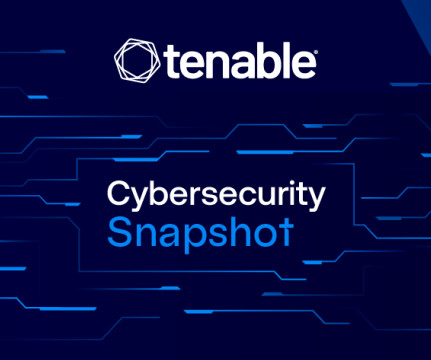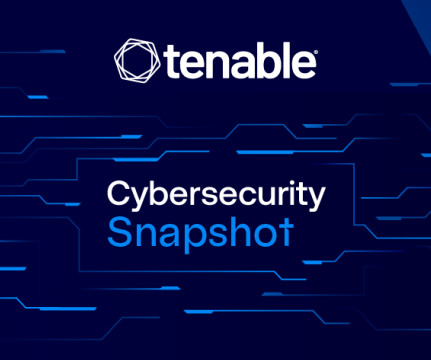WannaCry Ransomware Review and Global Impact.
ProtectWise
MAY 15, 2017
WannaCry's primary infection vector is through publicly accessible hosts running an unpatched version of Windows via the SMB protocol. WannaCry spreads primarily over SMB, but it can also use RDP. SMB, in particular, will then be used to send an exploit for the MS17-010 vulnerability. How Does WannaCry Infect a Host?



















Let's personalize your content